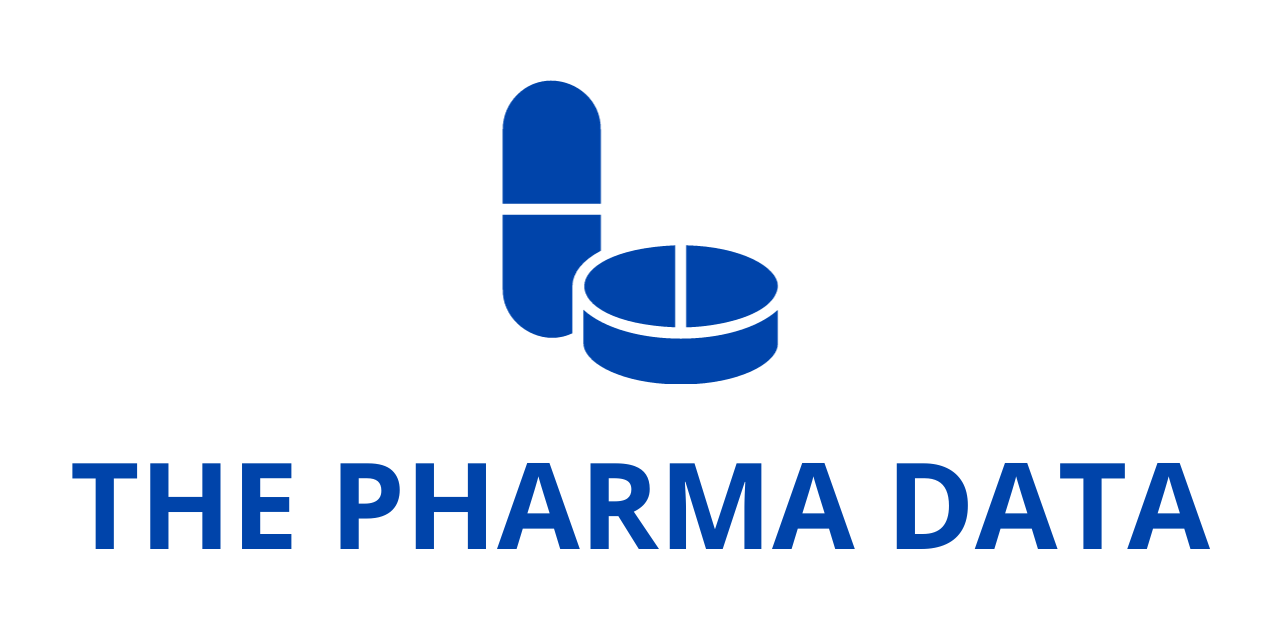
OXLUMO® (Lumasiran) Secures National Reimbursement in Canada for Treatment of Primary Hyperoxaluria Type 1
Alnylam Canada ULC has announced that OXLUMO® (lumasiran), a first-in-class RNA interference (RNAi) therapeutic, is now funded across Canada through both public and private healthcare plans. This development represents a significant advancement for patients living with primary hyperoxaluria type 1 (PH1), a rare and potentially life-threatening genetic disease. OXLUMO is indicated for pediatric and adult patients and is administered via subcutaneous injection to reduce urinary oxalate levels, addressing the root cause of PH1.
Importantly, OXLUMO is the first and only therapy for PH1 approved in Canada, and it is among the initial group of medicines listed on the Government of Canada’s “common list” for rare diseases. This list, developed under the National Strategy for Drugs for Rare Diseases, aims to improve timely access to treatments for patients with rare conditions, many of whom face lengthy delays or limited options due to high treatment costs and small patient populations.
Understanding PH1: A Rare Liver-Based Genetic Disorder
Primary hyperoxaluria type 1 (PH1) is an ultra-rare genetic disorder that originates in the liver and results in the overproduction of oxalate, a metabolic end-product that the human body cannot break down. Excess oxalate combines with calcium to form insoluble crystals, leading to kidney stones, nephrocalcinosis, and ultimately chronic kidney disease (CKD) or kidney failure. Over time, oxalate may deposit in other organs such as the heart, bones, skin, and eyes, leading to systemic oxalosis.
Dr. Vladimir Belostotsky, Division Head for Pediatric Nephrology at McMaster Children’s Hospital, emphasized the importance of the new treatment:
“This funding decision marks a major step forward in the management of hyperoxaluria type 1, offering hope to patients of all ages living with this ultra-rare genetic condition. The medication has been shown to effectively lower urine oxalate levels, reducing the burden that leads to severe clinical symptoms.”
Among the three known types of primary hyperoxaluria, PH1 is the most prevalent and severe, accounting for 70% to 80% of all PH cases. The condition affects roughly four individuals per million globally, although higher genetic prevalence rates have been reported in regions such as the Middle East and North Africa.
Symptom onset can occur at any age, ranging from infancy to adulthood, with a median age of diagnosis between four and six years. A significant proportion of adult patients—approximately 20% to 50%—present with late-stage CKD by the time of diagnosis.
A Transformative Therapy Backed by Strong Clinical Data
OXLUMO’s approval and national reimbursement were driven by robust results from the ILLUMINATE clinical trial program, which included three key studies across different age groups and disease stages:
- ILLUMINATE-A: A randomized, double-blind, placebo-controlled trial in patients aged six years and older with PH1.
- Key results: OXLUMO achieved a 53% mean reduction in 24-hour urinary oxalate versus placebo and a 65% mean reduction relative to baseline.
- ILLUMINATE-B: A single-arm trial conducted in patients under six years of age.
- Key results: OXLUMO met its primary endpoint with a 72% mean reduction in urinary oxalate:creatinine ratio from baseline to month six.
- ILLUMINATE-C: A single-arm study in patients of all ages with advanced PH1, including those receiving dialysis.
- Key results: Patients not on dialysis (Cohort A) experienced a 33% mean reduction in plasma oxalate, while patients on hemodialysis (Cohort B) saw a 42% mean reduction from baseline to month six.
These results confirm OXLUMO’s efficacy in reducing oxalate production and accumulation in both urine and plasma, reinforcing its therapeutic potential across a broad spectrum of PH1 patients.
How OXLUMO Works: Targeting the Genetic Root Cause
OXLUMO is a first-in-class RNAi therapeutic that acts by silencing the hydroxyacid oxidase 1 (HAO1) gene, which encodes the liver enzyme glycolate oxidase (GO). By depleting GO, OXLUMO reduces the production of oxalate at its source, thereby lowering both urinary and plasma oxalate concentrations.
This mechanism offers a disease-modifying approach, distinguishing OXLUMO from traditional management strategies that only mitigate symptoms rather than addressing the genetic cause.
Prior to OXLUMO, treatment options were limited to aggressive hydration, use of crystallization inhibitors, and pyridoxine (vitamin B6) in certain genotypic subsets. These interventions offer only partial and temporary relief and often fail to prevent disease progression. In many cases, patients ultimately require dialysis and dual or sequential liver-kidney transplantation, an intensive and resource-heavy solution with limited donor availability.
Impact on Patients and Families
The approval and funding of OXLUMO offer renewed hope to families affected by PH1. For many children with the disease, symptoms manifest early as failure to thrive, developmental delays, and frequent hospitalizations. These children often require significant accommodations at school and in daily life.
Colleen Coxson, Country General Manager of Alnylam Canada, highlighted the broader implications of OXLUMO’s approval:
“Funding OXLUMO through the National Strategy for Drugs for Rare Diseases provides a new treatment option for people diagnosed with this debilitating, genetic disease – many of whom are infants and children. I want to congratulate the Canadian government for prioritizing access to therapies for those living with rare conditions, as there are often very limited options for patients.”
About Alnylam Pharmaceuticals
Alnylam Pharmaceuticals (Nasdaq: ALNY) is a pioneer in the field of RNA interference therapeutics. Founded in 2002 and based in Cambridge, Massachusetts, the company has translated Nobel Prize-winning science into a growing portfolio of approved and investigational medicines for both rare and prevalent diseases.
Alnylam is executing on its “P5x25” strategy, aimed at delivering transformative RNAi-based therapies to patients worldwide while maintaining sustainable innovation and robust financial performance. In Canada, Alnylam has established its national presence through Alnylam Canada, headquartered in Mississauga, Ontario since 2018.




